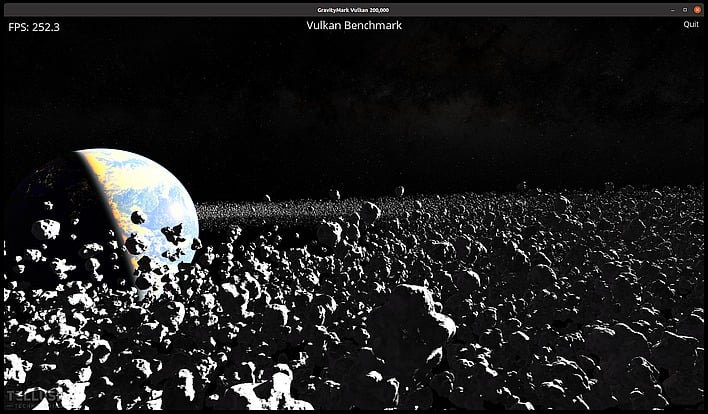Linux Kernel Update Provides Huge Gaming Boost For Ryzen Chips

A solid move for folks who just want to play some PC games in this GPU-starved market hellscape has been to pick up a CPU with a fast integrated GPU. Sure, integrated graphics aren't going to blow anyone's socks off, but game performance can be eminently playable with the right settings. In a laptop, you have your option of fast Intel Iris Xe GPUs or Radeon processors based on dated-but-still-potent Vega graphics, while on the desktop it's Ryzen "G" all the way.
If you're building the machine yourself, you can save even more money by gaming on Linux. Don't snicker—gaming on Linux isn't flawless yet, but it's a far cry from the hair-pulling frustration of yore. It's always getting better, too, not only because of the efforts of groups like CodeWeavers and Valve's own Proton team, but also because of continual refinements to Linux's multimedia subsystems and hardware drivers.
Case in point: Phoronix has completed some testing of a laptop equipped with a Ryzen 7 5850U on the latest Linux kernel, version 5.16, and found that pairing the pre-release Linux with the latest Mesa offers some pretty solid performance gains when you're not strictly GPU-limited. The benefits show up in games, synthetic benchmarks, and even in some compute workloads.

The "not strictly GPU-limited" disclaimer there is because the biggest performance improvements manifest in situations where the GPU is under less-than-full load. Case in point: Phoronix saw a 26% uplift in performance (over 5.15) in the open-source game Tesseract when testing at 1920×1080 resolution, but that gain dropped to just 9.2% when testing in 2560×1440 resolution. Likewise, Quake-engine FPS Xonotic saw a huge 29% gain with low settings, but when testing with high or ultra settings the performance gain completely vanishes altogether.
Similarly, in the venerable GLmark2, Linux 5.16 offers almost 15% more performance over 5.15 when testing in full HD resolution, but as the resolution increases, the gain falls off. The same pattern emerges for OpenBenchmarking's ParaView benchmark, too. However, for the much more intense GravityMark, performance was fundamentally equivalent to earlier versions of Linux and Mesa, likely because that benchmark is very demanding for the integrated GPU.

Even Phoronix was surprised to see the performance gains in its NCNN Vulkan benchmark. For those unfamiliar, NCNN is a "high performance neural network inference framework" that's both cross-platform and open-source. NCNN was originally developed for smartphone processors, so it's highly-efficient by necessity. Unsurprisingly, the Ryzen laptop completes these benchmarks in a matter of milliseconds, but the Linux 5.16 kernel improves performance in Phoronix's NCNN tests by as much as 36%.
To make sure it wasn't a quirk, the site ran a few quick benchmarks with another laptop based on a Ryzen 5 5500U APU as well. That chip didn't see quite as much benefit as the faster Ryzen 7 5850U laptop, but still saw gains of up 14% in some applications. Phoronix admits that it isn't sure where the gains are coming from, but speculates that it may be a combination of AMDGPU kernel driver optimizations with CPU-related improvements from Linux 5.16.
Given the fact that performance gains seem to fall off when GPU load gets high, we're inclined to agree. These optimizations come just in time for Valve's Steam Deck, which is likely to be the first big gaming-focused consumer product to ship with "real" Linux (instead of Android or a similar bastard child.) That handheld looks potent for what it is, but we're sure Valve's engineers will take any extra performance they can get.

